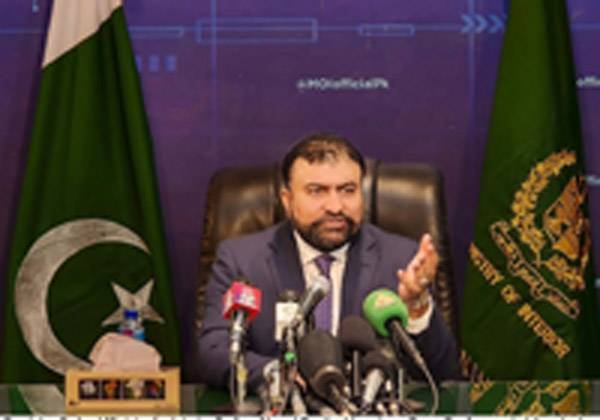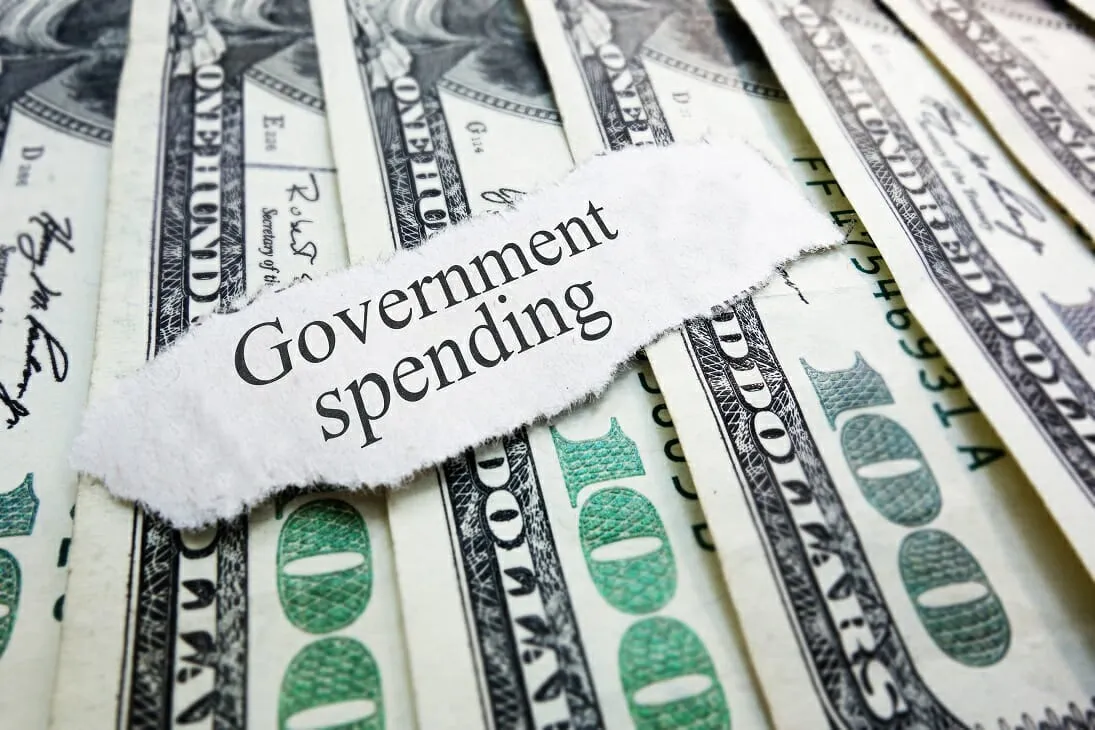Dr Faheem Jaan
Pakistan’s energy sector has long been mired in complications, and the latest challenge involves the rising gas supply prices for captive power plants. This issue has sparked a conflict between the power and petroleum sectors, with the former pushing for a transition to the grid under the conditions set by the International Monetary Fund (IMF), while the latter, particularly gas marketing companies, vehemently oppose this move. The disagreement highlights the ongoing difficulties within Pakistan’s energy sector and underscores the country’s struggle to balance fiscal and industrial concerns.
The issue first emerged in 2020 when the then-government aimed to push captive power consumers to the national grid. The proposal involved adjusting gas pricing through the implementation of WACOG (Weighted Average Cost of Gas), a measure intended to address the disparity between the cost of gas supplied to captive power plants and the grid. However, industrial consumers reliant on captive power rejected this suggestion. They argued that their combined cycle plants were more efficient than the grid, and that any increase in gas prices would make their operations uncompetitive, especially for export-oriented industries. These industries, particularly in the manufacturing sector, depend heavily on captive power generation to remain viable in global markets.
In response, the government proposed an audit to verify which industries were using combined cycle plants and relying on gas for export purposes. However, the industry resisted the audit, and with the changing of the government, the issue lost momentum. Yet, the matter resurfaced in 2024 during Pakistan’s negotiations with the IMF. To resolve the ongoing power sector challenges, the IMF imposed a condition that by January 1, 2025, captive power plants must switch to the grid, forcing these consumers to abandon their gas supply.
At first glance, the move seems like a straightforward step to streamline the energy sector. However, it’s clear that the government failed to fully anticipate the significant impact such a decision would have on both Sui gas companies and industries. The lack of a thorough assessment of the challenges faced by the industries has resulted in a precarious situation, one that risks jeopardizing the survival of many businesses.
Pl watch the video and subscribe to the YouTube channel of republicpolicy.com
In the last few months of 2024, resistance from industrial players and gas companies intensified. Many industrialists, particularly those based in the South, lack access to the national grid altogether. They would need to make substantial investments—amounting to billions of rupees—in infrastructure to connect to the grid. Such a transition would take months, if not years, and without a guaranteed and reliable power source during this period, these businesses face an uncertain future.
At the same time, gas marketing companies, especially those from the Sui region, heavily depend on captive power consumers. These customers are lucrative and play a crucial role in helping subsidize the cost of domestic gas consumption, which is sold at a much lower rate to households. If these high-paying industrial customers switch to the grid, it would leave a massive financial void for Sui companies, who are already burdened with the high costs of imported RLNG (Re-gasified Liquefied Natural Gas).
Pakistan’s government is committed to importing at least 10 cargoes of RLNG per year, primarily from Qatar, to meet the country’s growing demand for energy. However, as the demand from the power sector for RLNG declines, the reduction in local gas production becomes inevitable, which further complicates the financial health of the country’s gas companies. Should captive power users transition away from using natural gas, the impact on Sui companies’ finances could become even more severe.
Recognizing the complexities of the situation, the government approached the IMF with an alternative proposal. Instead of eliminating gas supply to captive power plants altogether, the government suggested a gradual increase in gas prices. The IMF accepted this alternative, raising the gas price from Rs 3000 per MMBtu to Rs 3500 per MMBtu, with plans for a 20 percent increase in stages.
While this compromise may appear to be a reasonable middle ground, it still doesn’t resolve the deeper issues facing Pakistan’s energy sector. Conversations with stakeholders, including power distributors and captive power consumers, suggest that very few businesses will actually transition to the grid, even with the price hike. For those industries that already have grid connections, they may continue to use power based on marginal costs, without fully committing to the transition. Meanwhile, others without grid access are likely to explore alternative power sources—such as solar energy or biomass—rather than investing in the costly and time-consuming process of connecting to the grid.
In the Northern regions, the unreliability of the national grid remains a significant concern. For many industries, the stability and consistency of their power supply are paramount, and they are not willing to risk production delays or losses due to grid-related issues. As a result, the government’s plan to shift captive power consumers to the grid on a large scale seems increasingly unlikely.
In parallel, Sui companies continue to face significant financial hurdles. As the cost of imported RLNG increases and the number of high-paying captive power consumers shrinks, the financial sustainability of these companies comes into question. The government’s decision to allow third-party access to incremental domestic gas production and the potential entry of third-party suppliers of imported RLNG further complicate matters. These policy changes create an environment where Sui companies are forced to grapple with escalating costs while trying to maintain profitability.
The situation has evolved into a tangled web of conflicting interests, where different arms of the energy sector are working at cross-purposes. While the energy ministry aims to shift captive power consumers to the grid to reduce the government’s fiscal burden, gas marketing companies and industrial players are fiercely resisting these changes, citing the economic and infrastructural challenges that would arise from such a transition.
There is no simple solution. The policy on energy pricing needs to be reconsidered with a more comprehensive approach—one that factors in the most efficient use of energy resources. While the shift to the grid might seem like a cost-effective measure for the government, it fails to take into account the practical difficulties that businesses and gas companies face. A more flexible policy could help Pakistan avoid further disruptions in its energy sector while ensuring that both the power and petroleum sectors can coexist without undermining each other’s stability.
The Pakistani government must adopt a more holistic approach to energy policy—one that embraces long-term sustainability, aligns with the economic realities of both industrial players and gas companies, and addresses the underlying inefficiencies within the sector. Without this, the current crisis will only persist, and the country will continue to grapple with the energy issues that have plagued it for years.

















